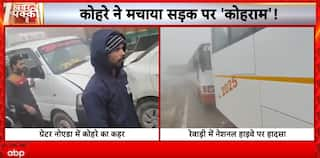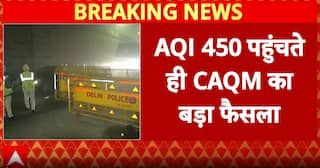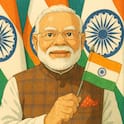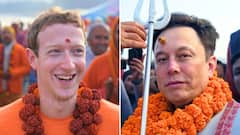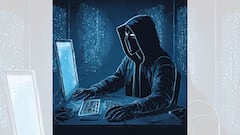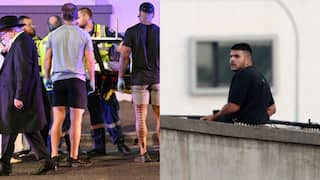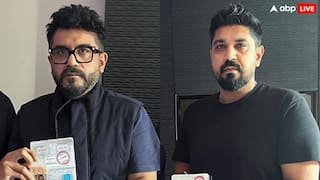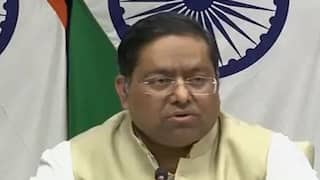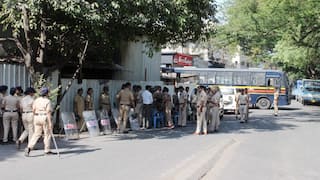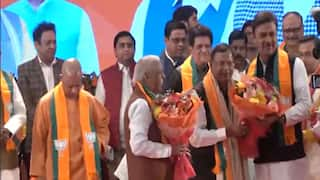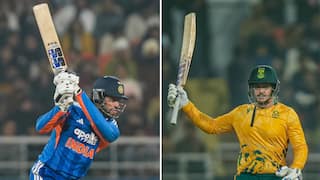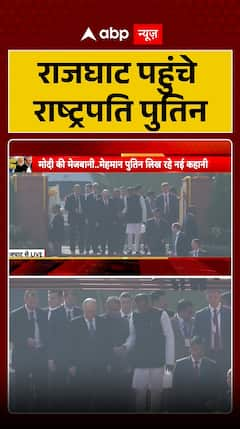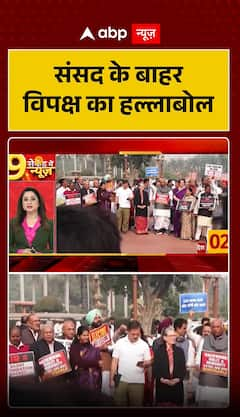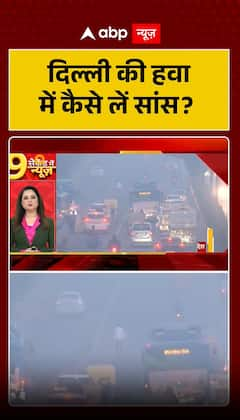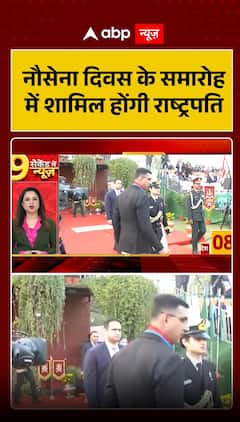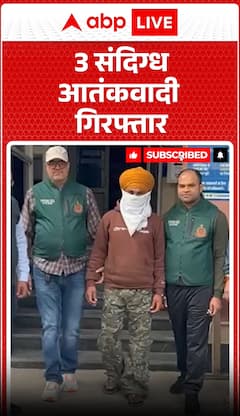Bengaluru Is Getting An AI-Driven 'Twin' To Battle Congestions. Here's How It Will Work
Bengaluru's digital twin aims to place the city on the map as a leader in AI-driven traffic solutions and urban planning innovations.

Bengaluru is gearing up to join global cities like New York, Moscow, and Barcelona by introducing a "digital twin" — an AI-driven virtual simulation designed to streamline traffic management and improve urban mobility. As reported by Moneycontrol, the rollout is expected by March, according to Bengaluru Traffic Police.
This cutting-edge model will use real-time data from multiple sources, including the Intelligent Traffic Management System (ITMS), Safe City Project, and Vehicle Actuated Control (VAC) signals at key junctions. The objective is to provide real-time insights and enhance traffic management across the city.
“We will input real-time data from the Intelligent Traffic Management System (ITMS), Safe City Project, Vehicle Actuated Control (VAC) signals, and other sources at traffic junctions. This will provide real-time traffic insights and help build a digital model of traffic conditions,” MN Anucheth, Joint Commissioner of Police (Traffic) told Moneycontrol.
BMRCL, BMTC Data To Be Integrated As Well
Efforts are underway to integrate additional information from Bengaluru Metro Rail Corporation Limited (BMRCL) and Bengaluru Metropolitan Transport Corporation (BMTC) to expand the digital twin's capabilities. "BMRCL has agreed, and discussions with BMTC are ongoing. This will shift the focus from just traffic management to overall urban mobility," Anucheth added.
So far, 3,200 km of Bengaluru's high-density corridors, arterial roads, and sub-arterial roads have been simulated. This is part of a larger plan to eventually cover the city's entire 14,000 km road network.
The technology could soon be put to practical use. For events like the upcoming Ed Sheeran concert in February, the digital twin could help authorities predict commuter demand and coordinate additional metro trains or bus services to improve travel efficiency.
Globally, digital twins are transforming urban mobility by reducing congestion, improving safety, and aiding data-driven decision-making. By analysing real-time scenarios, these models can even predict traffic disruptions and recommend alternative routes in case of accidents, helping emergency services navigate better.
Bengaluru's digital twin aims to place the city on the map as a leader in AI-driven traffic solutions and urban planning innovations.











